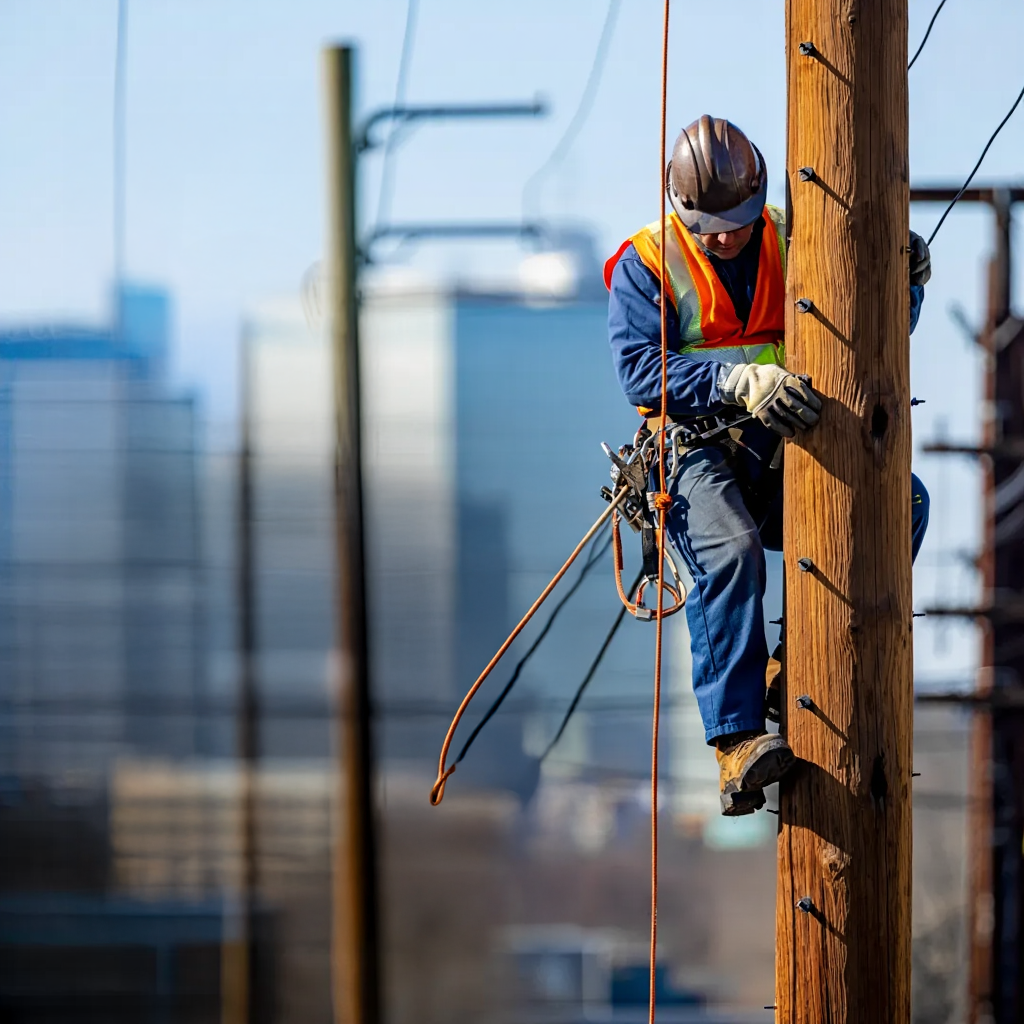Vegetation management is more than just trimming trees and cutting grass. It plays a significant role in ensuring our energy infrastructure, like power lines and pipelines, operates smoothly and safely. Unchecked growth can lead to everything from inconvenient outages to dangerous fires. This makes line clearance—a key task in vegetation management—vital for both public safety and the reliability of essential services.
With these challenges, the introduction of artificial intelligence (AI) brings a promising solution. By using AI, we can better predict, monitor, and manage the growth around critical infrastructure. AI tools help in minimizing risks, improving efficiency, and reducing costs. As this technology becomes more available, it offers exciting opportunities to tackle vegetation management tasks more effectively.
The Importance of Effective Line Clearance
Line clearance is crucial in maintaining the safety and reliability of power lines and pipelines. When vegetation like trees and shrubs grow too close to these structures, they pose several risks:
– Power Outages: Trees falling onto power lines during storms can lead to widespread outages.
– Safety Hazards: Overgrown trees can cause fires if they make contact with electrical lines or block essential pathways for maintenance crews.
By ensuring proper line clearance, utility companies can prevent these problems. The safety of communities and the efficient distribution of electricity or gas relies heavily on regular and effective vegetation management. Utility companies use dedicated crews to clear vegetation, but traditional methods can be time-consuming and sometimes inaccurate.
How AI Improves Line Clearance Efficiency
AI makes line clearance more efficient in several ways. To begin with, AI systems can quickly identify which areas need attention by analyzing data from real-time sensors and satellite images. This ensures that resources are used where they are most needed.
Next, AI provides predictive insights, helping anticipate where growth might soon become a problem. This proactive approach lets teams address issues before they escalate into costly outages or repairs.
– Real-Time Monitoring: AI tools continuously monitor vegetation and alert teams to any potentially dangerous growth.
– Resource Allocation: AI helps in prioritizing which areas need immediate attention, maximizing the effectiveness of every team.
– Cost Savings: By improving the accuracy and efficiency of vegetation management operations, AI minimizes waste and reduces operational costs.
Overall, AI not only saves money but also enhances safety and reliability in utility services. This makes AI a smart choice for effective vegetation management and ensuring consistent line clearance.
Case Studies: AI Success in Vegetation Management
Real-world examples illustrate how AI is making a difference in vegetation management. Consider a large utility company responsible for maintaining extensive power lines. In the past, they faced frequent outages due to tree fall. By embracing AI, they now employ satellite imagery combined with advanced algorithms to predict when and where trees might pose a threat.
After just a few months, the company observed a noticeable reduction in power disruptions. The system identified high-risk areas, allowing crews to prioritize their work more effectively. As a result, customers experienced fewer outages, and the company saved on repair costs, proving how AI’s predictive capabilities can enhance operational efficiency and safety.
Integration of Field Data Hazard Reporting
Field data hazard reporting plays a significant role alongside AI, delivering real-time insights and refining decision-making. By compiling data from field crews, drones, and sensors, the system provides a comprehensive view of potential threats. This combination leads to proactive interventions rather than reactive fixes.
To get the most out of this integration, companies should consider these practical tips:
– Regular Data Updates: Ensure the system uses the latest field reports to maintain accuracy.
– Training Teams: Equip field workers with the skills to effectively collect and report data.
– Sharing Information: Create channels for seamless communication between AI systems and crews.
This blend of human input and AI analysis leads to smarter, more efficient vegetation management.
Embrace the Future of Vegetation Management
The advantages of using AI for vegetation management are clear. AI doesn’t just improve efficiency; it elevates safety and reliability across the board. With AI, utility companies can take a proactive approach, minimizing risks before they become serious issues. This forward-thinking method ensures stable power and gas distribution while safeguarding communities from potential hazards.
As the benefits become apparent, exploring these AI-driven solutions now will open up new possibilities for the future. Embracing this technology can transform how vegetation risks are managed, ensuring a safer and more secure environment for everyone involved.
As you navigate the challenges of vegetation management, integrating
field data hazard reporting can help your team act faster and make smarter decisions. By combining real-time insights with AI support, you can better predict risks and take action before issues escalate. Learn how Field1st makes this process more effective and efficient.





